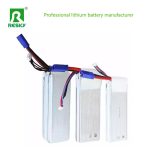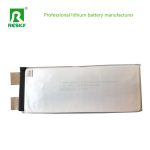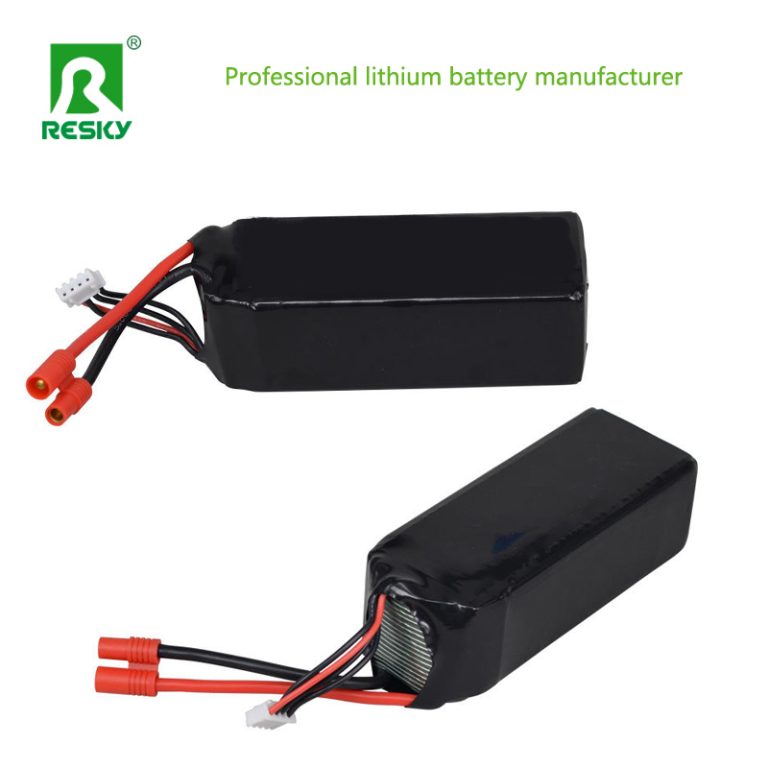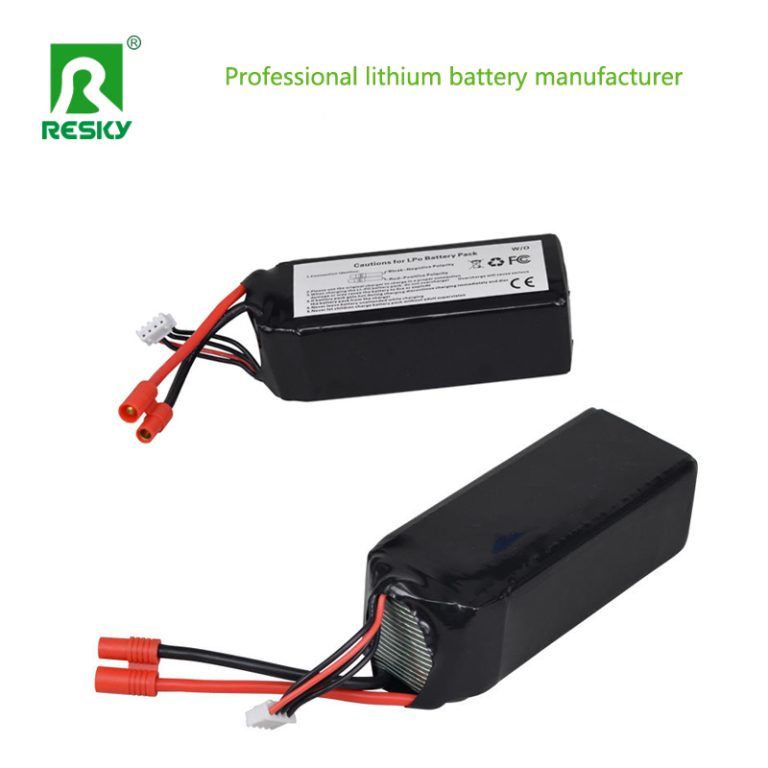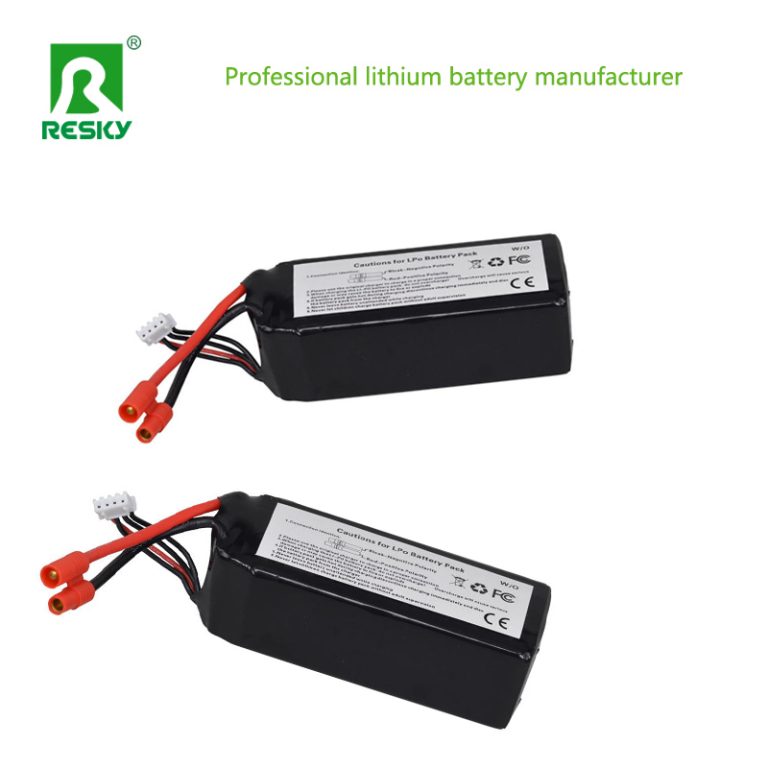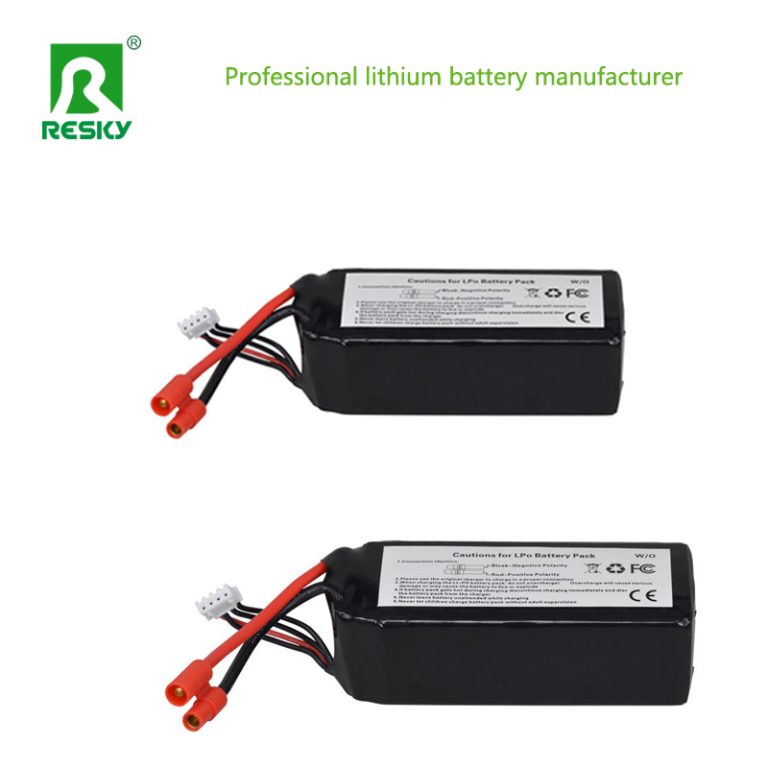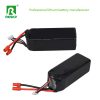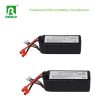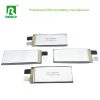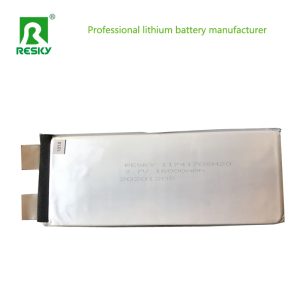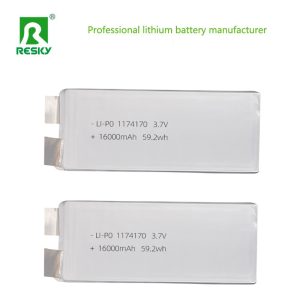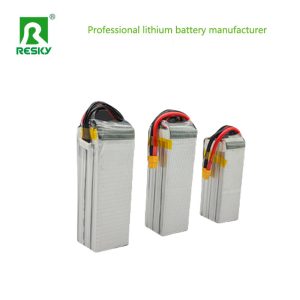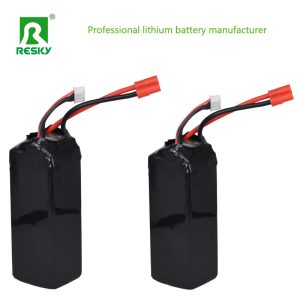Storage lipo battery 6242125 3.7v 11.1v 3000mAh rechargeable lithium ion battery pack
Voltage:11.1v
Capacity: 3000mAh
Continuous discharging rate:35C
Peak discharging rate:70C
Specification:
| NO. | Items | Specifications |
| 1 | batteries | 11.1V 3000mah lipo battery |
| 2 | Charge voltage | 12.6V |
| 3 | Nominal voltage | 8.25V |
| 4 | Nominal capacity | 3000mAh 25C Discharge |
| 5 | Charge current | Standard Charging:0.2C Rapid charge: 25C |
| 6 | Standard Charging method | 0.5C CC(constant current)charge to 12.6V, then CV(constant voltage 12.6V)charge till charge current decline to ≤0.05C |
| 7 | Charging time | Standard Charging:2.75hours(Ref.) Rapid charge: 2hours(Ref.) |
| 8 | Max.charge current | 0.5C |
| 9 | Max.discharge current | 25.0C |
| 10 | Discharge cut-off voltage | 8.25V(0.2C) |
| 11 | Operating temperature | Charging: 0 °C ~45 °C Discharging:0 °C ~45 °C |
| 12 | Storage temperature | -10°C~ +45 °C |
| 13 | Dimension | Length:125±0.5mm (not including tabs) Width:37±0.5mm Thickness:22±0.2mm |
| 14 | Drop Test | The cell is to be dropped from a height of meter twice onto concrete ground. No fire, no leakage |
| 15 | cycle time | ≥800times |
Application:
RC toys
RC UAV
Rc drone
RC car
RC boat
RC truck
RC quadcopter
RC helicopter
RC airplane
RC racing vehicles
RC aircraft
RC sprayer etc.
Knowledge of battery maintenance:
1. Maintenance of new batteries
The necessary visual inspection should be carried out before the new battery is installed, and it can be used directly after the inspection is free of defects. The battery is mostly half-full before leaving the factory, and the battery has been aging, and there is no need to perform special activation again. Before charging a new battery, ensure that the charger matches the battery to avoid battery damage.
2. Instructions for fast charging
For non-fast-charge series batteries, it is not recommended to use fast-charge devices to quickly charge the batteries. Fast charging will make the material transfer produced by the internal electrochemical reaction of the battery fail to keep up with the charge transfer, and the electrode material will produce large irreversible changes and lose capacity.
3. Battery storage
When the battery is not stored for a long time, the battery should be charged to 50%-70%, and the storage temperature should be below 25ºC.
4. Battery charging
When using an electric vehicle charger to charge an electric vehicle, you should first connect the charger to the electric vehicle, and then connect the charger to the power supply. If the sequence is reversed, it will easily cause a short circuit. Keep ventilated when charging, and place the charger on non-flammable objects, as the flammable parts of the vehicle.
5. Daily maintenance
During normal use, avoid overcharging and overdischarging the battery. During use, if the battery life drops rapidly, you should find professional maintenance personnel to inspect the vehicle and the battery in time, and you must not disassemble the battery for inspection. When used at low temperatures, the problem of reduced range may occur, which is a normal phenomenon. Care should be taken to avoid extending the range by increasing the charging time. When using it under high temperature in summer, it is strictly forbidden to expose the battery to the sun, charge it, and charge it directly without heat dissipation after use.

